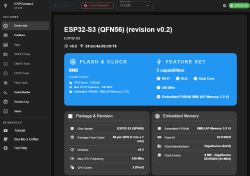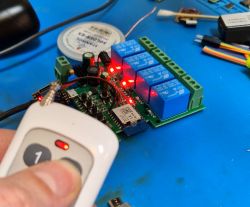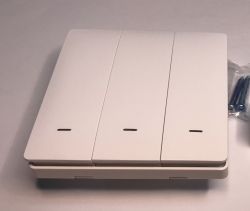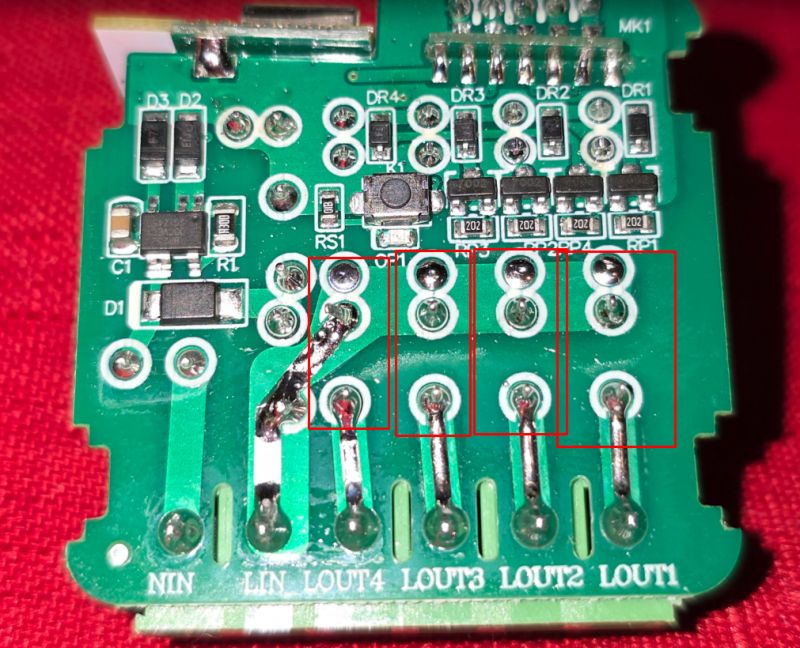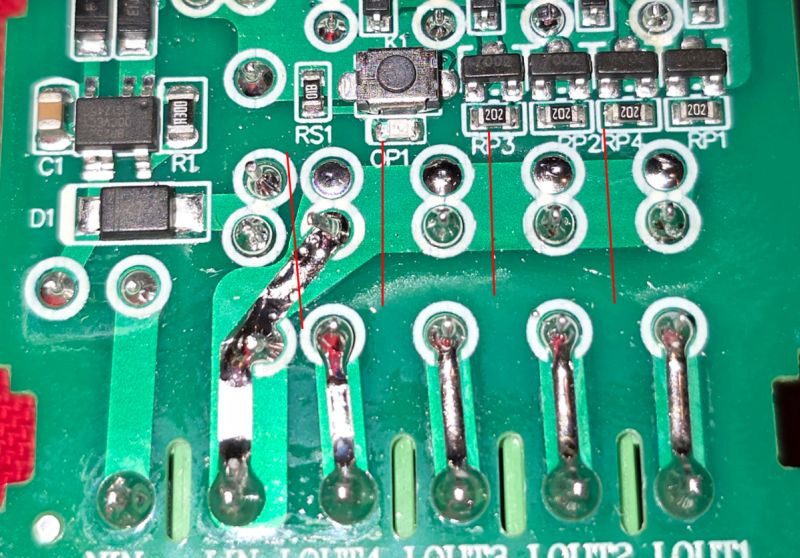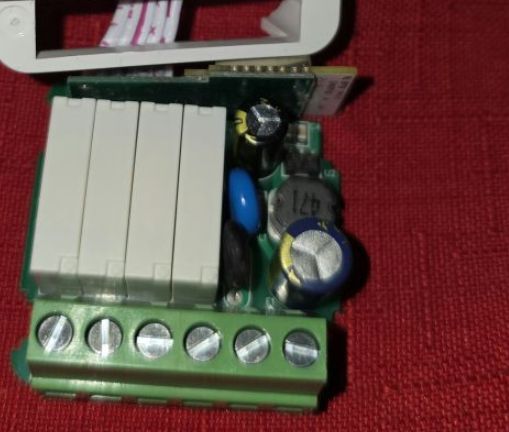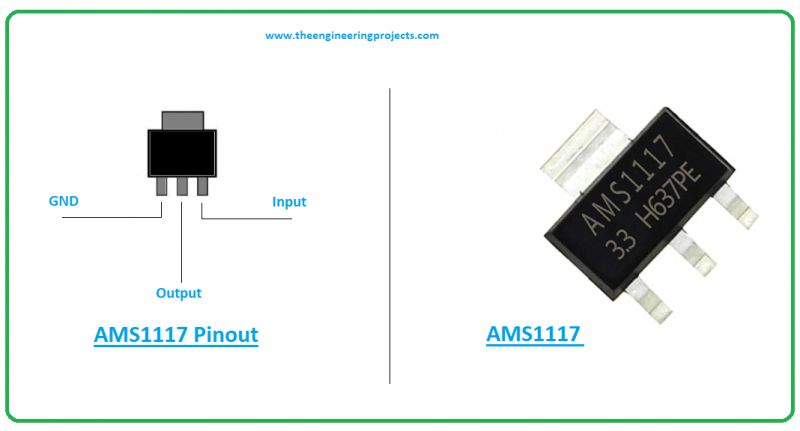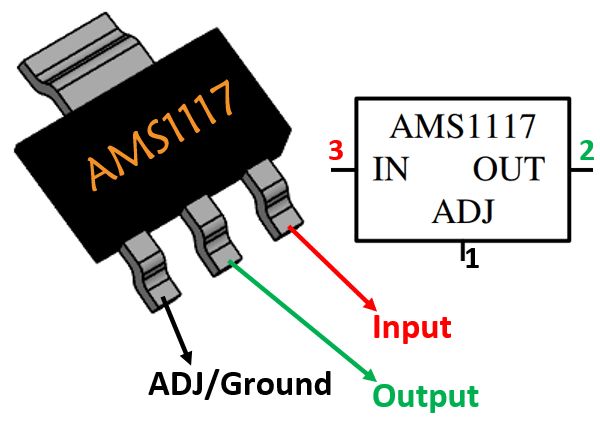Hello everyone,
I have a Zigbee TS0004 4-gang switch module, and I would like to modify it to obtain dry contact (voltage-free) outputs on all four channels. Currently, the module outputs a switched live (phase), but I need it to function as a simple relay without passing mains voltage.
What I Need:
A way to modify the TS0004 hardware to disconnect the internal connection to mains voltage and make the relays act as pure switches.
A wiring diagram or photos of any successful modifications.
Confirmation if this modification is even possible without damaging the device.
My Use Case:
I need to control a 5V circuit, so I cannot use the standard phase-switched output. If hardware modification is too complex, I am open to using external relays, but I’d prefer a direct modification if feasible.
Has anyone successfully modified the TS0004 (or a similar Tuya relay module) to achieve dry contacts? Any guidance, diagrams, or alternative solutions would be greatly appreciated!
Thank you in advance for your help!
Best regards,
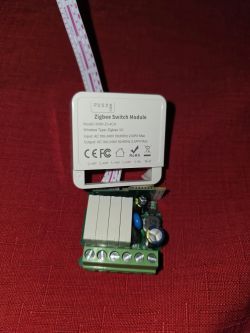
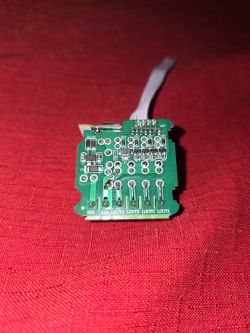
I have a Zigbee TS0004 4-gang switch module, and I would like to modify it to obtain dry contact (voltage-free) outputs on all four channels. Currently, the module outputs a switched live (phase), but I need it to function as a simple relay without passing mains voltage.
What I Need:
A way to modify the TS0004 hardware to disconnect the internal connection to mains voltage and make the relays act as pure switches.
A wiring diagram or photos of any successful modifications.
Confirmation if this modification is even possible without damaging the device.
My Use Case:
I need to control a 5V circuit, so I cannot use the standard phase-switched output. If hardware modification is too complex, I am open to using external relays, but I’d prefer a direct modification if feasible.
Has anyone successfully modified the TS0004 (or a similar Tuya relay module) to achieve dry contacts? Any guidance, diagrams, or alternative solutions would be greatly appreciated!
Thank you in advance for your help!
Best regards,






